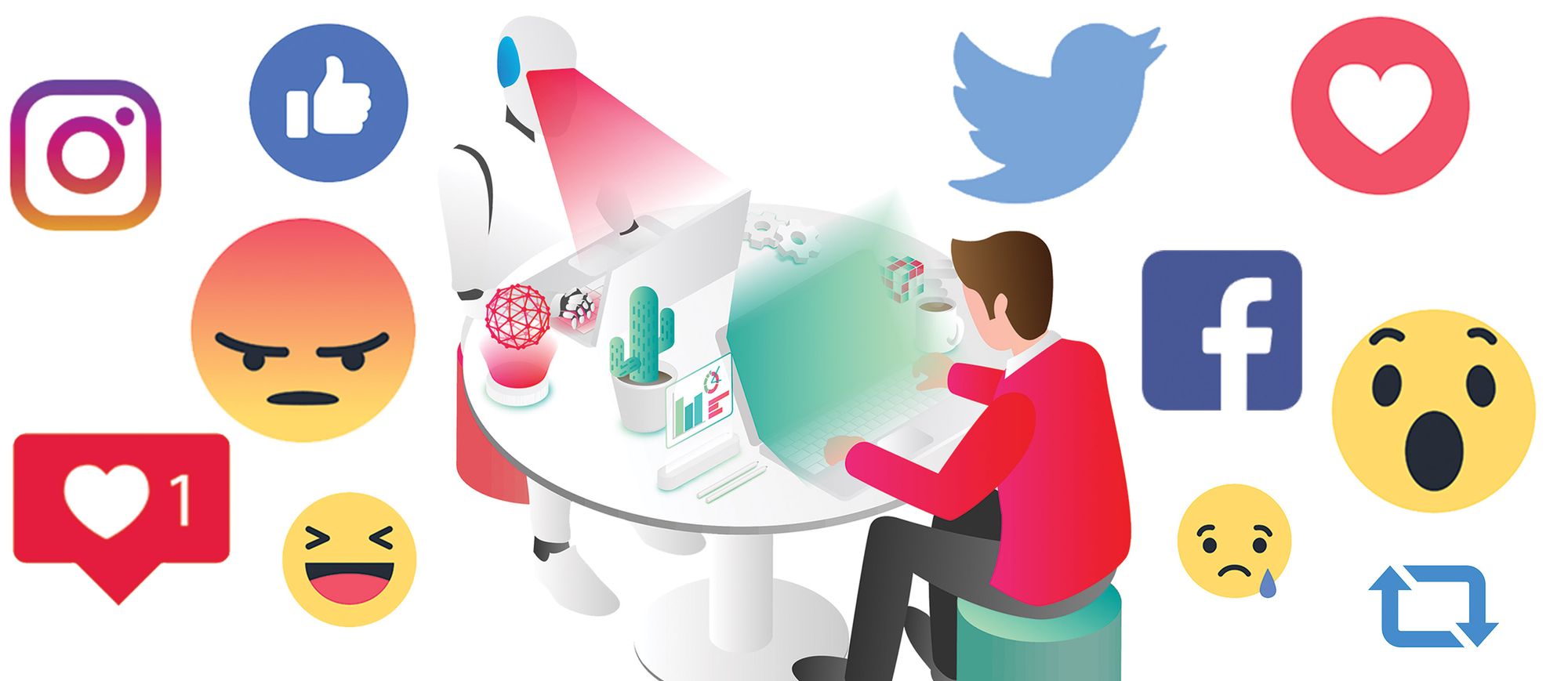via GIPHY
We've all had a bit of a rant on social media. It feels good to write down what's grinding your gears, it's even been proven to be relaxing (in the short-run at least). A venting session on your timeline feels even better when you get a few likes or retweets of solidarity, but in the absence of validation, perhaps the idea of an AI machine dissecting your whiney post will brighten up your day.
What is Sentiment Analysis
via GIPHY
Sentiment Analysis AI systems are designed to analyse spoken or written opinions and decipher their meaning. They vary in capability, but generally they look into the syntax of a sentence and the lexical choices made, to come to a conclusion about the sentiment of a piece of text. Results can simply be a score of how positive or negative a sentence is, while other systems are more granular—identifying specific emotions to tell you if a post is happy, sad, or angry.
Questions of Accuracy
via GIPHY
Obviously analysing text is subjective and there are many caveats that come with Sentiment Analysis. Machines can be trained to understand that the word 'happy' is positive and 'sad' is negative, but it gets trickier when you think of concepts like satire and sarcasm.Nevertheless, there have been major improvements in the field of Natural Language Understanding (NLU) and it turns out that many of these systems are pretty accurate. A lot of them fare better than humans when finding meaning in text.
What's the use
via GIPHY
So Simon Cowell voted your favourite contestant off X-factor. You've gone on to Twitter, in a fluster, and crammed your dismay into 280 characters. A sentiment analysis tool has collected your tweet and figured out that you're not happy. What next? Who's going to use this information?
Marketers use sentiment analysis for a whole host of reasons:
- Consumer Research - An exec at ITV is probably compiling a report on how people feel about each contestant,
- Competitor Analysis - Someone at the BBC is probably comparing how people are tweeting about X-factor with tweets about Strictly Come Dancing,
- Brand Management & Reputation - Let's say you're not the only one that's furious at Simon Cowell's poor decision and Twitter is awash with complaints. Advanced sentiment analysis systems would be able to alert marketers to spikes in specific types of sentiment.
Sentiment Analysis has been used heavily in all sorts of contexts, from business and research to political campaigning, but very rarely has such technology been put in the hands of the consumer.
Logically’s sentiment analysis tool isn't for ITV or the BBC. It's for you, the public. Our Sentiment Analysis models allow you to compare the different angles that publishers put on a story as well as follow how people are perceived by the public. It shows you the general consensus on the topics and entities that matter to you and how they've been reported on—giving you insight into what you're reading and keeping you well informed.
Sign-up to the Logically Platform here.

Copied!